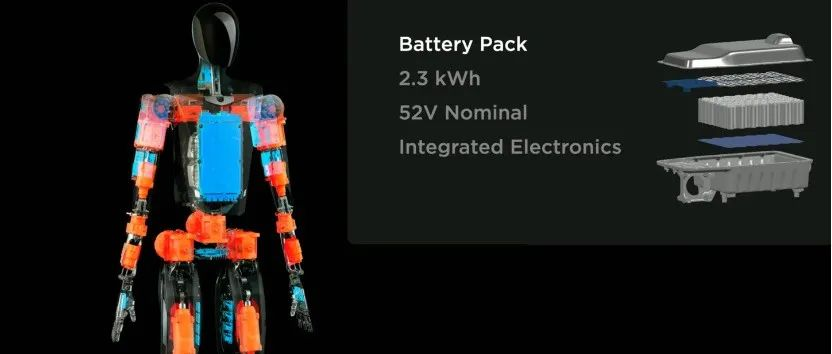Author: Zhu Yulong
During the National Day holiday, I arranged to chat with Angang and Green Core about Tesla’s 2022 AI Day. Just saw it today and it was very impressive. At 7:30 in the morning on National Day (I wish everyone a happy National Day: Happy birthday to our motherland, and the country is peaceful), I started to watch the live stream from 9:15, and there was a lot of information. I cannot write too much in one article, so I will share some screenshots during the live stream, especially about the Tesla Robot.
Here are my thoughts:
-
The Tesla AI Day is a bit like presenting their vision: sharing their practices, and then recruiting talents globally – Join Our Team. The speed and efficiency of talent accumulation is hard for other companies to catch up with.
-
At present, Tesla is the most innovative company, there is no doubt about it. Even among all US technology companies, it has become the only one at the top tier. It is an expanding company that finds important problems in energy, automotive, satellite communications, and aerospace fields to recruit top-notch technology and engineering talents to solve them. This is backed by the resources accumulation of US financial and technology talents, and it shows Tesla’s organizational ability at the company level, as well as Elon Musk’s thinking and problem-solving ability in technology. If we want to replace Tesla with domestic companies, a combination of several companies is required.
-
With Tesla’s continuous development, it will stimulate Apple (looking forward to Apple Car), Google (looking forward to Waymo’s L4), and Amazon (Rivian and their subsequent support businesses) to work harder. At the same time, it will drag US chip and software companies to accelerate their investment. Tesla’s resignation rate is not low, and employee turnover will speed up the pace of Silicon Valley’s technology company expansion.
-
The protagonist of this AI Day is Tesla’s first mass-produced humanoid robot – Tesla Bot. From the design goals, the Tesla Bot can handle heavy lifting, watering plants, and other relatively sophisticated work. With large-scale production and cost reduction, the selling price is estimated to be around $20,000, and Elon Musk believes that this product will eventually reach a million level in sales.
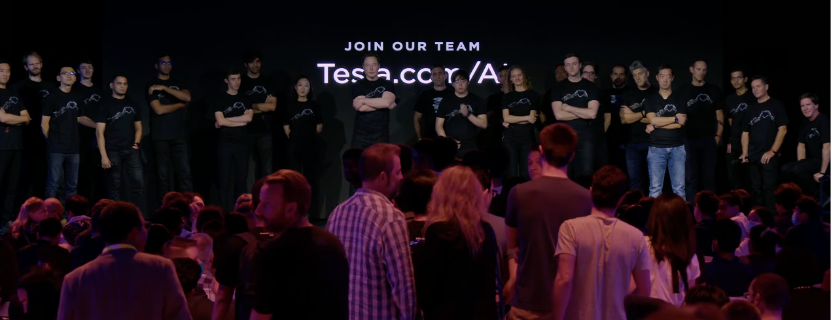
Tesla Bot
In the development of the Tesla Bot, Tesla applied some of their automotive technologies to the humanoid robot, such as battery packs, cooling systems, etc., and used similar technology to automotive testing for the movement of the robot and external collision simulation.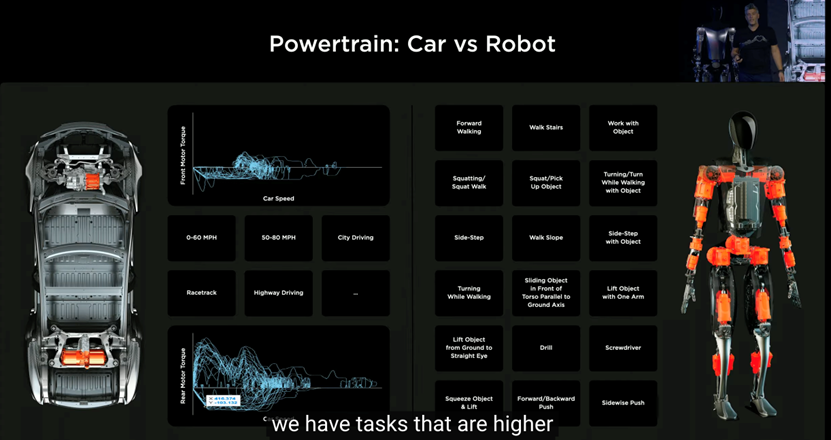
First, let’s take a look at these two fundamental things:
1) Battery and Power Electronics
Structurally, this battery is made up of 4680 cylindrical cells, providing 2.3 kWh and 52V output voltage. The charging and power electronics are integrated together, which requires small volume, using SiC or GAN semiconductors. In the subsequent Dojo, the battery pack is improved with a metal casing for better heat dissipation.
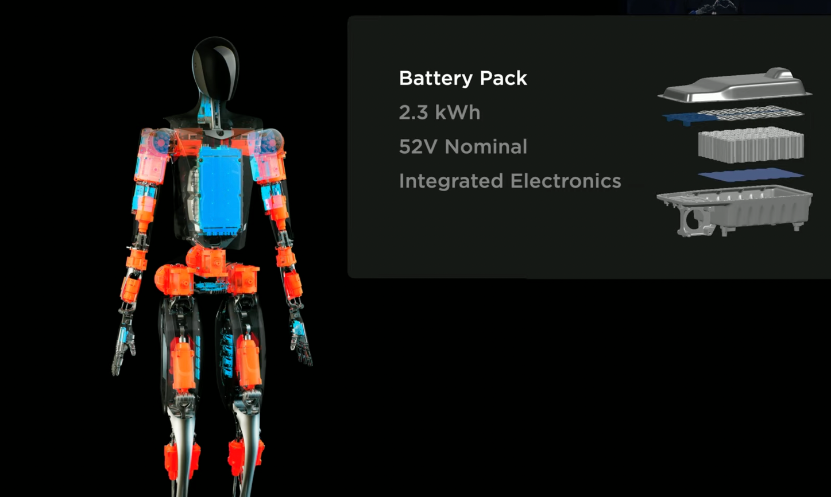
2) Robot Control System Bot Brain
The FSD of Tesla’s autonomous driving system is applied to the Bot Brain, which adopts the same visual perception as the car and computes data using neural networks. The Bot Brain is a combination of autopilot and entertainment control, similar to that in a car.
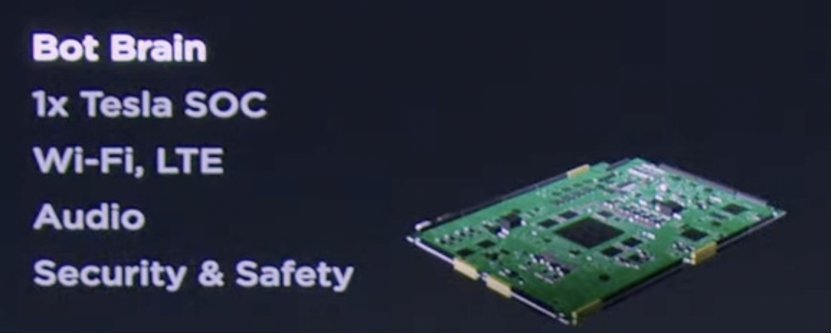
In the entire design, the many execution components used by Tesla are crucial, which play an important role in the robot’s movement.

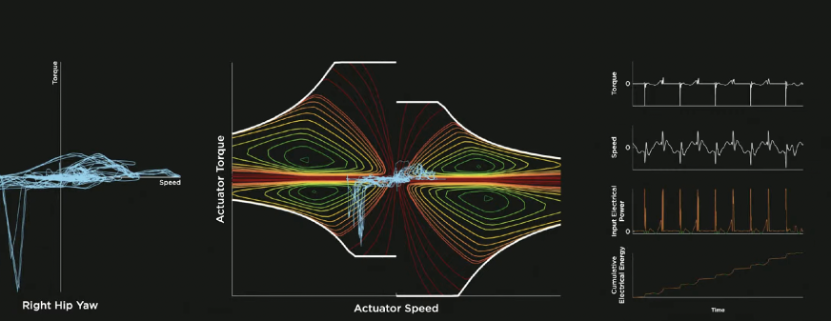
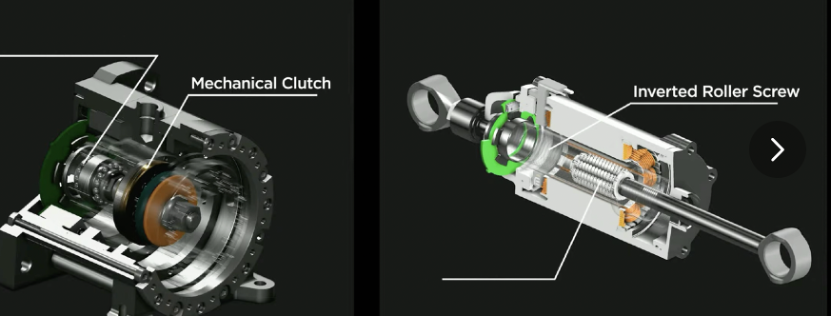
The design of this hand is also the finishing touch to the entire robot.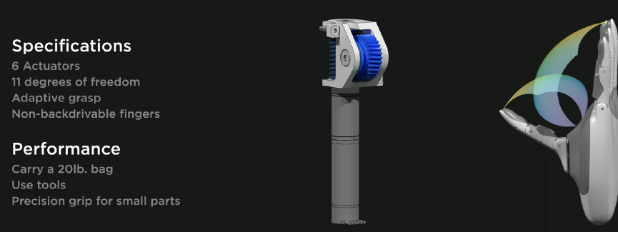
The whole control of the robot is based on the framework of the vehicle.
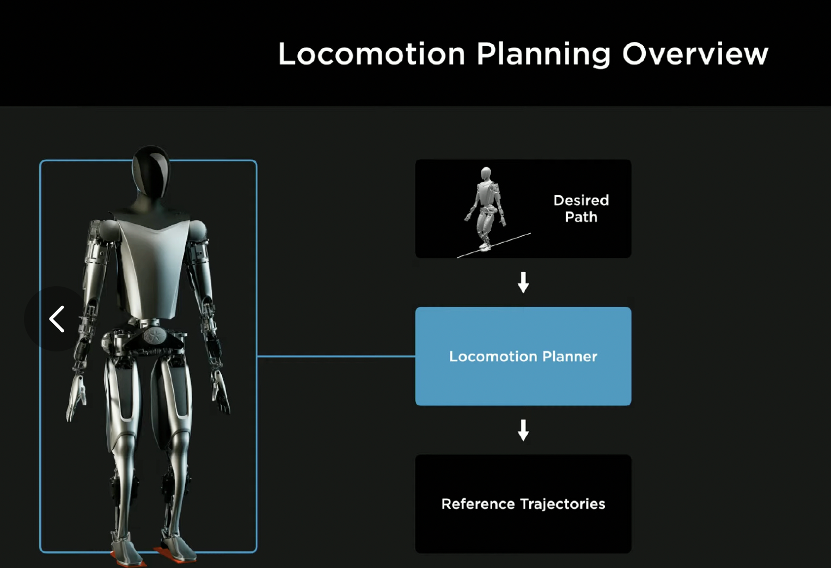
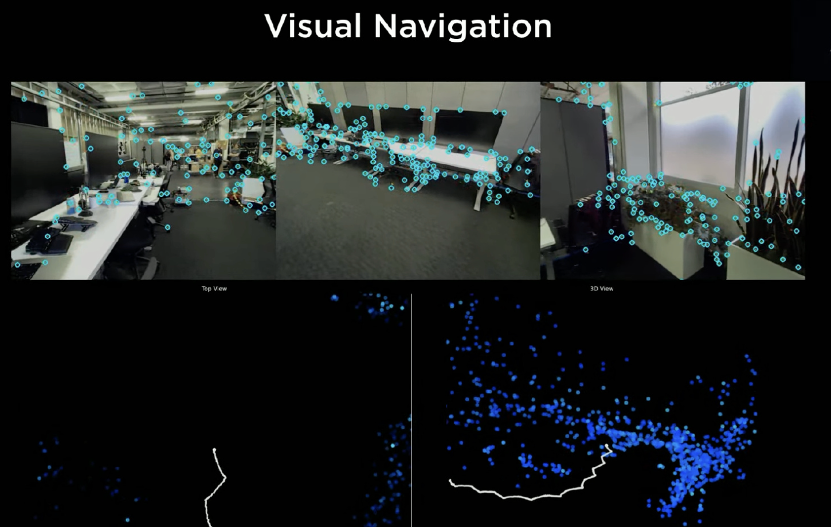
FSD
Tesla spent a lot of time at AI Day introducing the implementation of the following modules, with more than 10 engineers taking turns to elaborate on their details.
What we can currently understand is that the software for autonomous driving assistance has begun to change. This software has a complete system, including algorithm neural network, data training, automatic annotation, simulation, and data engine. Just like how traditional car companies initially did not want to support electric vehicles, the auto-driving software department that loses money now has to be maintained. The definition of “new” has been constantly changing, and the most valuable parts of the car are also changing. Moreover, these technical contents have something in common.
In my opinion, in the future, only big players can afford to play in the automotive industry. Traditional car companies need to cross from internal combustion engines to electric vehicles, from electric vehicles to software support, and the huge investment required is indeed quite difficult.
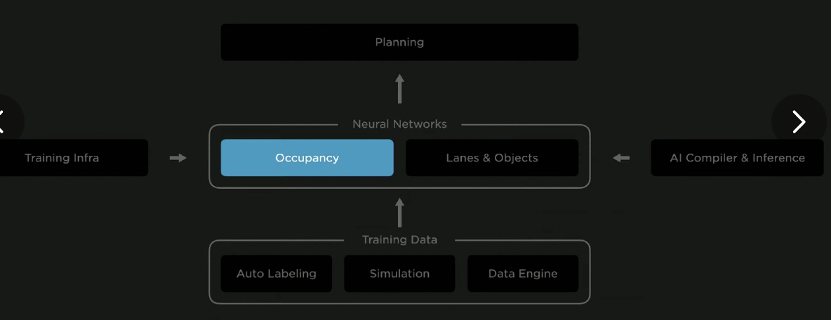
Conclusion: This is as far as I can write. It may require multiple readings and some research to fully digest and absorb the information.
This article is a translation by ChatGPT of a Chinese report from 42HOW. If you have any questions about it, please email bd@42how.com.
